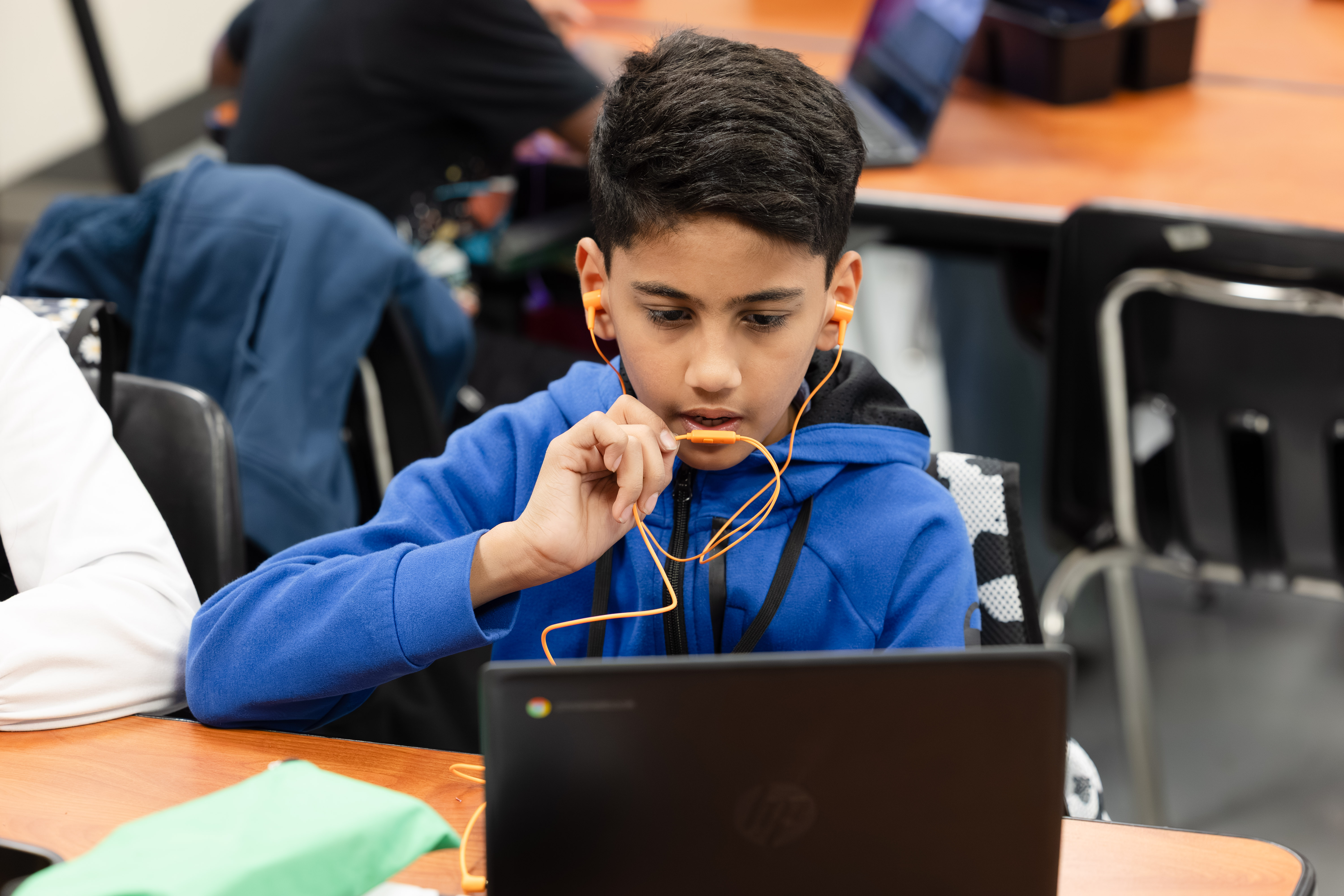5 Ways to Ensure Every School Has a Cohesive Literacy Instruction Program

How to Ensure Every School Is on the Right Track to Success
Implementing creative and effective educational strategies in all schools is paramount, considering the variety of attendance options for students. Some students may be on campus five days a week or on campus three days and virtual two days, while other students may only attend virtually. Despite where or how students are learning, the question remains: How are students in your school district staying on track for success?
An Istation study shows that students have experienced a significant slide in performance, particularly in math and reading proficiency. The choice of strategies to address this learning loss will determine the success of every administrator, faculty member, and student.
Check out 5 ways districts are making sure schools have a cohesive literacy instruction program in place.
5 Ways to Ensure Every School Has a Cohesive Literacy Instruction Program
1. Train your district’s teachers on the science of reading.
When training educators in the field of reading and literacy, it’s important to give them an understanding of the best practices and methods for effectively teaching students to read. It helps them determine why a particular student or group of students may be struggling, as well as the best approach to remedy the problem.
“Lots of scholars worked to help us better understand the five components of reading,” said Claudia Casillas, a professional development specialist at Istation. “Because reading is this complex and dynamic process, it’s really important to access the wealth of knowledge that is available to us — because teachers are engaged in the most important process on the planet.”
Understanding the science of reading by no means guarantees that all of a teachers’ students will excel in reading. By keeping up with the best practices, teachers can give students a better chance at success. Learn more about implementing the science of reading in your schools.
2. Use evidence-based foundational reading curriculum as the basis for instruction.
In addition to understanding the science behind how students learn to read, teachers need the curriculum itself to be structurally sound and evidence based.
There are hundreds of such programs out there, including Istation Reading. Each of these programs has similar core principles:
- The curriculum is backed by research showing its practicality, efficiency, and overall effectiveness via studies and trials.
- Evidence-based tools and materials will be used in coordination with the curriculum.
- They foster improvement in the Big Five: phonemic awareness, phonics, fluency, vocabulary, and comprehension.
With proper research, finding the right evidence-based foundational reading curriculum can set your schools up for success.
3. Bolster curriculum with effective screening and diagnostic assessment tools.
Choosing the right diagnostic assessment tool to go along with your school’s curriculum is a must in every literacy instruction program and will help you measure the success of the program.
With a digital diagnostic assessment tool, the process can be simplified, especially with our increased reliance on virtual instruction and web-based tools. Metrics such as test scores, literacy rate, and overall reading improvement can be easily tracked and managed in a digital environment, making it easy to monitor district growth.
Eagle County Schools in Colorado used Istation as their district-wide digital progress monitoring tool. It helped teachers group students by skill level, saving them the time it takes to manually create small groups. Istation also provided additional support in the form of ready-to-use lessons and activities for use during instructional time.
4. Give educators sufficient time in the day for instruction and collaborative planning.
This may seem like a fairly simple piece of advice, but it is often overlooked, especially after the implementation of a new program or alteration to an existing one. Giving educators ample time to ensure that instruction is properly planned and not cut short should be a priority.
Consider surveying school principals and classroom educators to find out if they are getting sufficient time to plan collaboratively. This has the added benefit of discussing problems and solutions with peers. As an administrator, it is important to listen and react to these concerns, as the success of your schools’ literacy plan ultimately relies on those relaying the instruction to the students.
5. Ensure every school has a designated person to lead effective implementation.
Lastly, you’ll want to make sure you have the proper infrastructure of educators and/or school-level administrators in place to effectively manage all moving pieces.
You will need to designate which member of administration is responsible for managing and supervising the overall implementation of the new literacy program. Directly and clearly state who oversees each particular area of the program. It can’t be a cohesive program without accountability and each member doing their part to ensure the best chance for success.
Implementing creative and effective educational strategies in schools is key to successful district outcomes. Literacy programs and technology tools are needed to help remedy the pandemic-related instructional issues both in and out of the traditional classroom. With these tips in mind, carefully assess and consider the best options for you as the school year progresses.
Get our back-to-school gift for district leaders this school year. Access our resource toolkit here.
Read more from the AI & The Reading Brain Blog


.avif)
